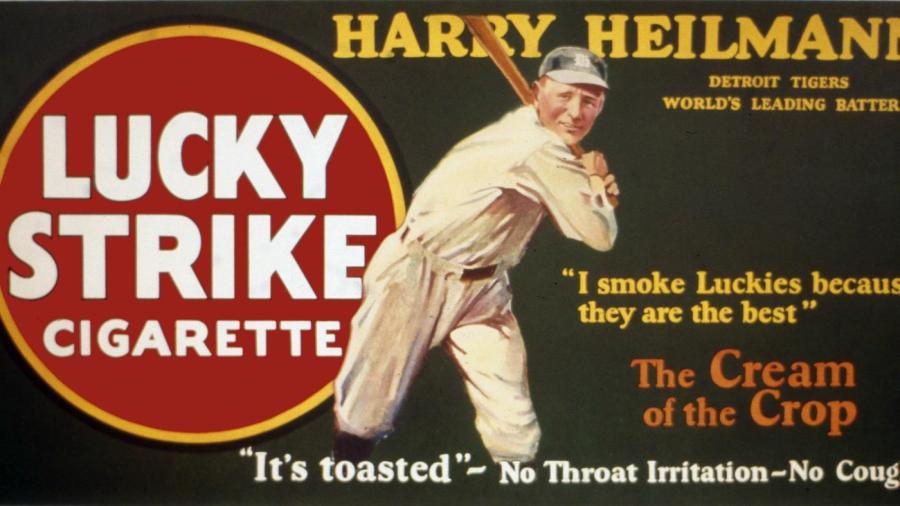What Was the Role of Advertising in the 1920s?

As the media grew in its ability to reach more households, the role of advertising increasingly changed into a vehicle through which Americans were introduced to all the modern conveniences available to them and the ways in which attaining them were within reach. Advertising took on the role of showing Americans all the possibilities as opposed simply to announcing prices and availabilities of necessities.
In the earlier days, the purpose of advertising was far simpler and much more limited. It let buyers know what goods the seller had in stock at any given time and how much they cost. In the 1920s, however, both print media and radio began to tempt consumers with vehicles, clothing, furniture and household gadgets, as well as with chances for social events and activities, thus opening them to a whole new world of opportunities. Not only that, advertisers were able to let them know how to make these possibilities a reality with the beginning of the widespread use of credit-supported purchases. During this time, advertisers quickly learned what audiences to target and focused much of their advertising on women. Women were impressed with the household appliances and their potential to make life easier. They also liked the availability of ready-made clothing for themselves and their families. The mentality of advertising had changed from simply informing to capturing the imagination and blurring the lines between wants and needs.





